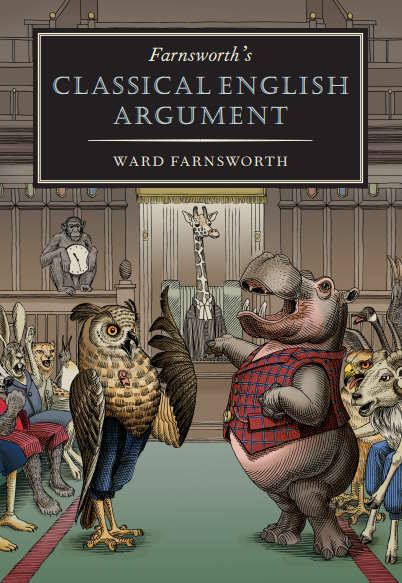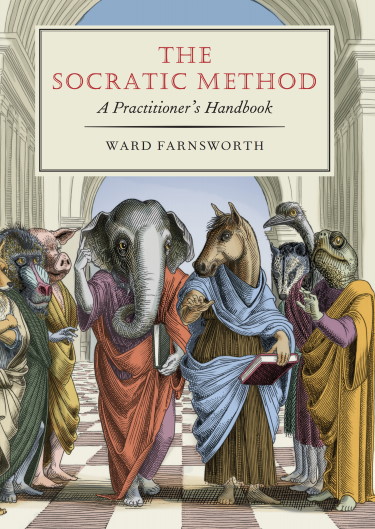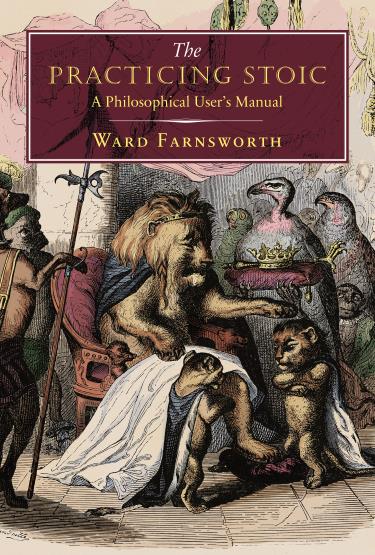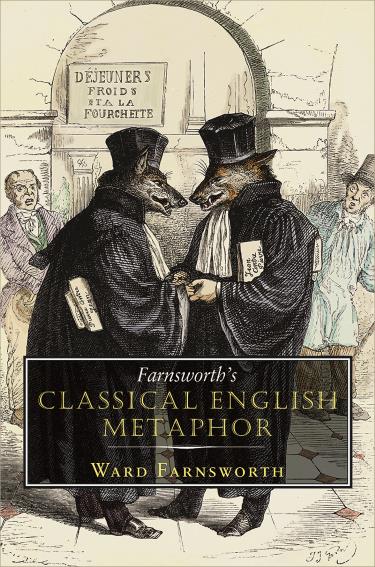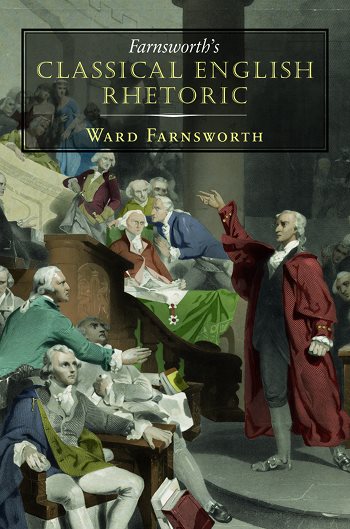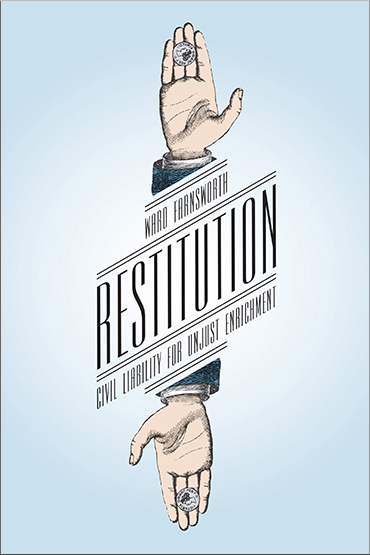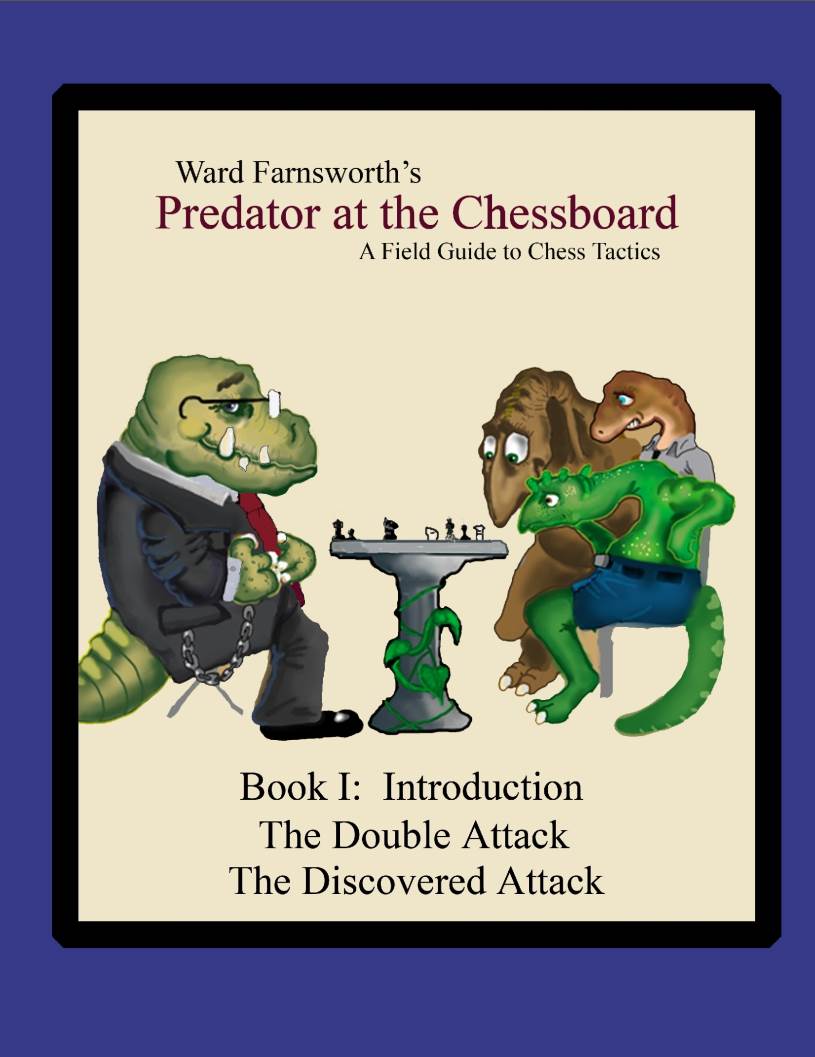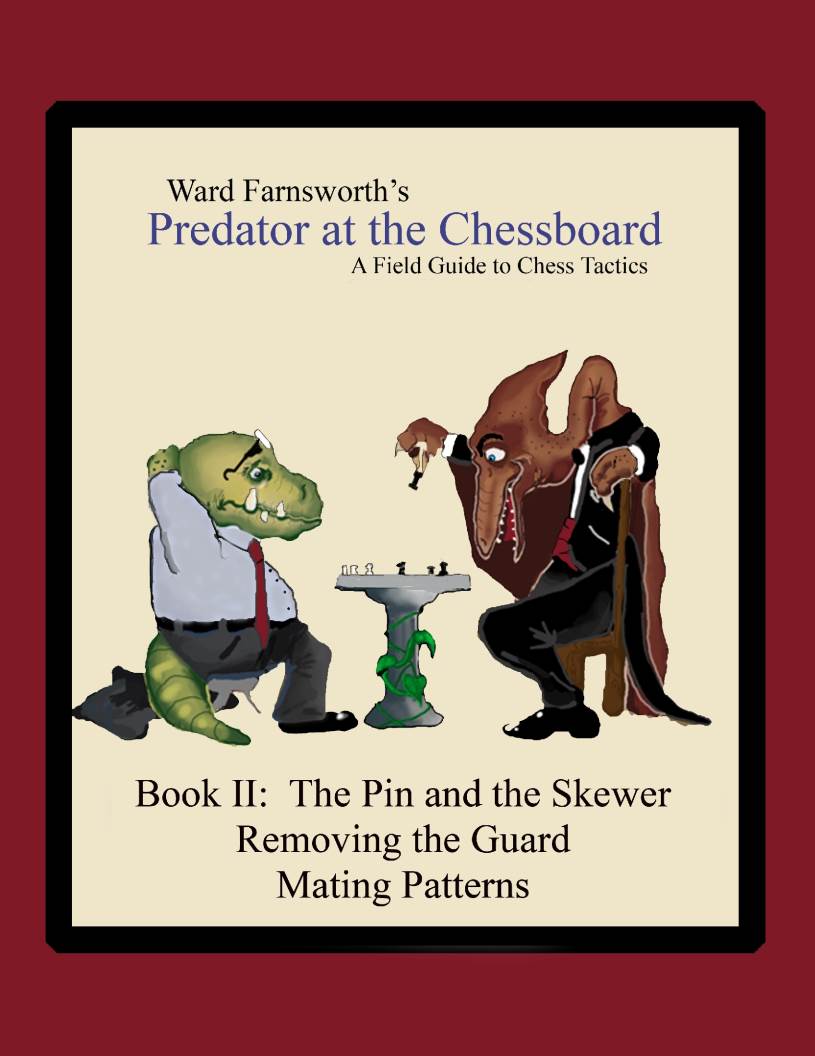Books
Classical English Argument ~ Just released ~
Learn how to argue from the masters. This book is a course on the art of argument taught by the greatest practitioners of it: Churchill, Lincoln, and hundreds of others from the golden age of debate in England and America. The book’s chapters provide lessons in all aspects of give and take—the syllogism and the slippery slope, the argumentum ad hominem and reductio ad absurdum, the fallacy and the insult. Farnsworth's Classical English Argument shows how the full range of such techniques can be used or repelled, and illustrates them with examples that are fascinating, instructive, and fun to read.
For reviews and more information about the book, click on its cover.
The Socratic Method
The Socratic method is one of the timeless inventions of the ancient world. It is a path to wisdom and a way to think more intelligently about questions large or small. It is an antidote to stupidity, to irrationality, and to social media.
This book explains the Socratic method in detail: what it is, where it came from, and how to carry it out. The chapters teach the elements of the method step by step. They illustrate how to create Socratic questions of your own. They show how the teachings of Socrates produced the philosophies of Stoicism and Skepticism. The book also explains how the Socratic method can be put to work in the classroom, and it offers Socratic rules of engagement for talking about politics and other hard things. The Socratic Method is a complete guide to the practical use of a great idea. (Click here to read about Socratic Rules of Engagement).
For reviews and more information about the book, click on its cover.
Classical English Style
Abraham Lincoln wrote more beautifully and memorably than anyone in public life does now. So did Winston Churchill; so did Edmund Burke; so did many others, none of whom sound quite alike but all of whom achieved an eloquence that seems foreign to our times. What did they know that we don’t? This book is the third in a series about that question. The first, Classical English Rhetoric, showed how rhetorical figures have been used to great effect in English oratory and prose. The second, Classical English Metaphor, did the same for figurative comparisons. This one takes a similar approach to more basic questions of style: the selection of words, the arrangement of sentences, the creation of a cadence. It shows how masters of the language have made those choices, and how the choices have put life into their writing and their speech.
For reviews and more information about the book, click on its cover.
The Practicing Stoic
The Practicing Stoic is a book about human nature and its management. The wisest students of that subject in ancient times, and perhaps of all time, were known as the Stoics. Their insights have long been hard to see as a whole because they are spread over a wide range sources that are two thousand years old. This book brings together the most valuable of the Stoic teachings in one place for the first time. It presents the original words of the Stoics in freshly revised translations, organizes them in an intuitive way for the modern reader, and surrounds them with commentary that makes their meaning clear. It is a perfect book for the newcomer to Stoicism, and an indispensable reference for anyone with an interest in the subject.
For reviews and more information about the book, click on its cover.
Classical English Metaphor
Classical English Metaphor is a set of lessons in the art of comparison. The book shows how masters of metaphor and simile have used those devices to remarkable effect in the best English literature and oratory. It is a sequel to Classical English Rhetoric (below), and is similar in format. It is also another book (like The Legal Analyst) about tools for thought. Metaphor is both a way to communicate more powerfully and a language that we use to interpret and explain the world to ourselves and to others. This book is a detailed study of how comparisons have been used for all those purposes by great writers, thinkers, and students of human nature.
For reviews and more information about the book, click on its cover.
Classical English Rhetoric
Classical English Rhetoric is a book about the art of good writing. Its particular subject is the use of rhetorical figures: patterns for the arrangement of words that make them more attractive, compelling and memorable. The patterns were first studied and named in Ancient Greece and Rome, and have since been put to use by the all the most effective writers and orators in English. Classical English Rhetoric explains the most useful of the devices and illustrates their effects with hundreds of examples from Lincoln, Churchill, Burke, and other masters of rhetoric.
For reviews and more information about the book, click on its cover.
The Legal Analyst: A Toolkit for Thinking About the Law
The most important part of a legal education isn’t the knowledge gained of legal rules. It’s the knowledge gained of tools for thought that can help solve problems of every description. The Legal Analyst is a guide to the most useful of those tools—principles from economics, game theory, cognitive psychology and other fields that can be used to take apart questions of all kinds. The book gathers the most interesting such ideas and explains them in plain language with many clear examples of how they work. It’s an ideal book for those starting law school, and also valuable for lawyers, scholars, and anyone else with an interest in the legal system.
For reviews and more information about the book, click on its cover.
Restitution: Civil Liability for Unjust Enrichment
Restitution is the name of the legal theory that allows one party to recover unjust enrichment from another. It is a fascinating body of law and highly useful to the practitioner. Restitution has also, until now, never been the subject of a one-volume treatment that explains how it works. Restitution provides a clear, lively, and interesting account of this important set of legal principles.
For reviews and more information about the book, click on its cover.
Predator at the Chessboard Book I
Predator at the Chessboard is the largest body of instruction on chess tactics yet written. The two volumes in the series organize the universe of good chess moves into five families, twenty themes, and more than a hundred subthemes. Every theme and subtheme is illustrated repeatedly and progressively, and every example is accompanied by a commentary showing not just the right moves but a train of thought that leads from the position to its solution. Long strings of notation are held to a minimum; everything is explained in clear English. These are the perfect books for anyone who wants to improve at chess and likes explanations in words.
For reviews and more information about the book, click on its cover.
Predator at the Chessboard Book II
Volume 1 of Predator at the Chessboard is devoted to the double attack and the discovered attack. Volume 2—a bit longer than Volume 1—covers the Pin, the Skewer, Removal of the Guard, and Mating Patterns. The two books taken together discuss every major type of chess combination in unprecedented detail, with over 1,000 examples and explanations. The organization and discussions make the patterns involved simpler to understand, easier to recognize, and more fun to master. The contents of both books can be studied for free online at www.chesstactics.org.
For reviews and more information about the book, click on its cover.
